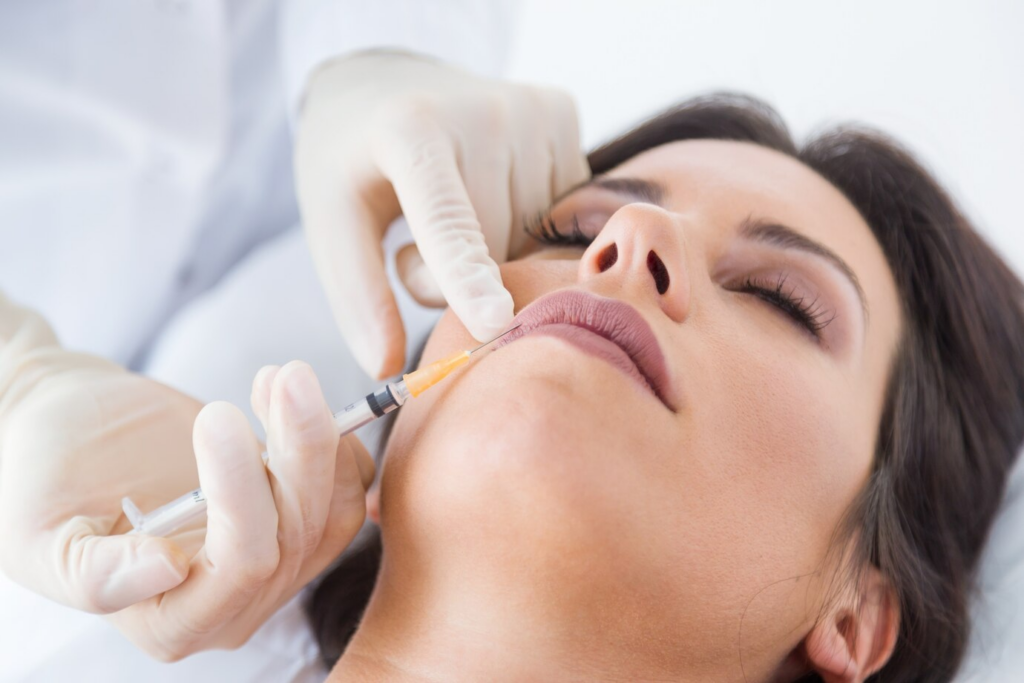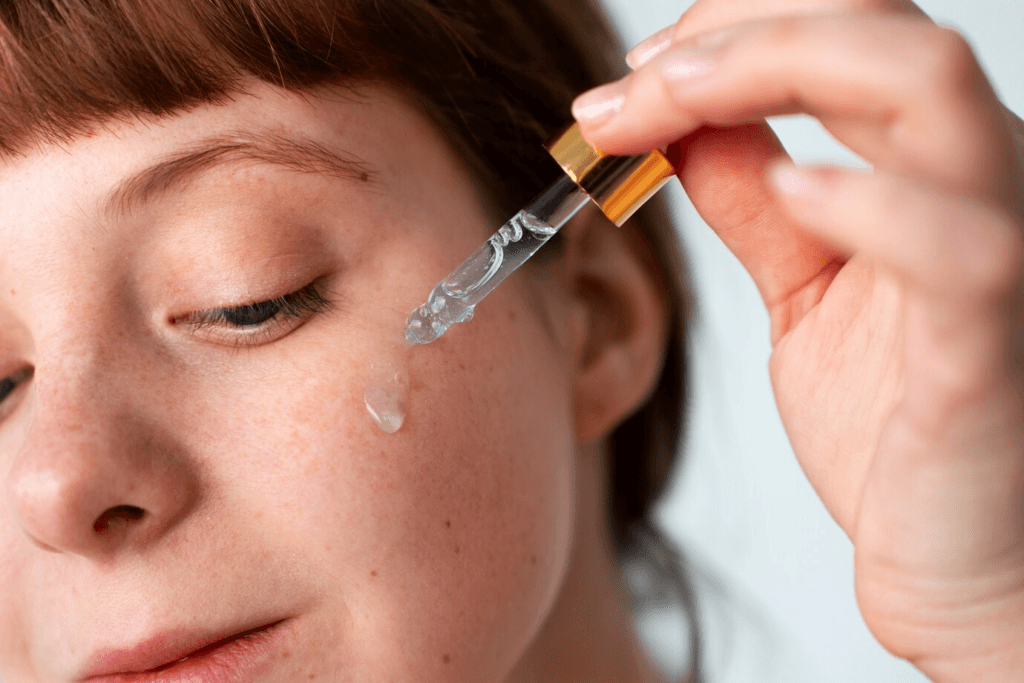Hyaluronic acid (HA) fillers have become a popular choice for non-surgical cosmetic enhancements, offering a relatively quick and effective way to restore volume and smooth wrinkles. However, a common question arises regarding their reversibility: can hyaluronic acid dissolve existing hyaluronic acid filler? The answer is a qualified yes, but the process is more nuanced than simply applying more HA. This article will explore the mechanism of HA filler dissolution and the factors influencing its success.

Understanding Hyaluronic Acid Fillers
Hyaluronic acid is a naturally occurring substance in the body, responsible for maintaining skin hydration and elasticity. HA fillers are designed to mimic this natural process, injecting a gel-like substance into the skin to plump up areas like lips, cheeks, and nasolabial folds. These fillers are considered temporary, with varying durations depending on the product formulation and individual factors. The concentration and cross-linking of HA molecules within the filler determine its longevity; higher cross-linking leads to longer-lasting results. Understanding these characteristics is crucial when considering dissolution.
Different brands of HA fillers exist, each with unique properties and varying degradation rates. Some formulations are designed to be more easily dissolved than others. This is a key factor in determining the suitability of a particular filler for a specific patient and treatment area. Furthermore, the injection technique itself plays a significant role. Proper injection technique minimizes the risk of complications and ensures even distribution of the filler, thereby potentially influencing the ease of dissolution. Finally, the patient’s individual metabolic rate can affect how quickly the body naturally breaks down the filler.
The choice of HA filler is paramount, as the manufacturer’s recommendations should always be followed. Improper selection or injection can lead to complications that make dissolution more challenging or even impossible. It’s crucial for patients to have a thorough consultation with a qualified and experienced healthcare professional to discuss their treatment goals, assess their suitability for HA fillers, and choose the most appropriate product. This ensures informed decision-making and minimizes potential risks. The professional should also be able to accurately assess the filler type in case of complications or the need for dissolution.

The Dissolution Process Explained
Hyaluronidase is an enzyme that naturally occurs in the body and is specifically designed to break down hyaluronic acid. In the context of dissolving HA fillers, a pharmaceutical-grade hyaluronidase is injected into the area containing the unwanted filler. This enzyme catalyzes the breakdown of the HA cross-links, turning the gel-like substance back into smaller, easily absorbed molecules. This process is relatively straightforward, but the effectiveness depends on several factors, as detailed below.
The injection of hyaluronidase is a precise procedure requiring the expertise of a qualified medical professional. The amount of hyaluronidase administered is carefully calculated based on the type and volume of the filler to be dissolved. Incorrect dosage can lead to incomplete dissolution or, conversely, undesirable side effects. The injection technique itself is crucial for effective distribution of the enzyme throughout the filler, ensuring complete breakdown. Improper technique might result in uneven dissolution, leading to lumps or irregularities.
The dissolution process usually begins within hours of the hyaluronidase injection, with visible results often apparent within a few days. However, the complete breakdown of the filler can take several weeks, depending on the factors mentioned above. Patients should expect some swelling, redness, and tenderness at the injection site, which are generally temporary and resolve within a few days. Regular follow-up appointments are essential to monitor the dissolution process and address any potential complications.
The use of hyaluronidase is generally considered safe and effective, but it’s crucial to remember that it is a medical procedure with potential risks. Therefore, it’s vital to choose a qualified and experienced practitioner who can accurately assess the situation and administer the treatment safely and effectively. This helps minimize the risk of complications and ensures optimal outcomes.

Factors Affecting Filler Breakdown
The type of HA filler used significantly influences its susceptibility to hyaluronidase. Some fillers are designed to be more easily dissolved than others, based on their cross-linking density and specific chemical composition. Fillers with higher cross-linking will require a larger dose of hyaluronidase or a longer time for complete dissolution. Knowing the specific brand and type of filler is crucial for determining the appropriate treatment plan.
The volume of filler injected also plays a crucial role. Larger volumes naturally require a larger dose of hyaluronidase and may take longer to dissolve completely. This is because the enzyme needs to reach all parts of the filler to effectively break it down. Similarly, the location of the filler can affect the ease of dissolution. Areas with dense tissue or poor blood supply might impede the enzyme’s action, potentially prolonging the process.
The patient’s individual metabolic rate can influence the speed of filler breakdown. Individuals with faster metabolisms may experience quicker dissolution, while those with slower metabolisms may require more time. Pre-existing medical conditions, medications, and even the patient’s overall health can also affect the body’s response to hyaluronidase and the overall dissolution process. These factors should be discussed with the healthcare professional before proceeding with any treatment.
Finally, the skill and experience of the injector are crucial. The accurate assessment of the filler type and volume, along with the precise injection technique of both the initial filler and the hyaluronidase, are essential for successful dissolution. An experienced injector can minimize the risk of complications and ensure the most efficient and effective breakdown of the filler.
Minimizing Risks & Complications
Choosing a qualified and experienced healthcare professional is the most important step in minimizing risks. A board-certified dermatologist or plastic surgeon will have the necessary expertise to accurately assess the situation, select the appropriate hyaluronidase dosage, and perform the injection with precision. This reduces the risk of complications such as uneven dissolution, bruising, swelling, or infection.
Proper pre-treatment consultation is vital. The healthcare professional should thoroughly review the patient’s medical history, current medications, and any allergies to ensure the safety and suitability of the procedure. This includes a discussion of potential risks and complications, as well as realistic expectations regarding the outcome of the dissolution process. Open communication between the patient and the practitioner is key to a successful outcome.
Following post-treatment instructions diligently is crucial for minimizing complications. This includes avoiding strenuous activities, applying ice packs to reduce swelling, and using prescribed medications as directed. Regular follow-up appointments allow the healthcare professional to monitor the dissolution process, address any concerns, and make necessary adjustments. Adherence to these instructions contributes significantly to a smooth recovery.
While generally safe, complications such as bruising, swelling, redness, and pain are possible. In rare cases, more serious complications like infection or allergic reactions can occur. It’s essential to choose a practitioner who can effectively manage these risks and provide appropriate treatment if complications arise. Open communication and careful monitoring are crucial for ensuring a positive outcome.
While hyaluronic acid fillers offer a reversible cosmetic solution, the dissolution process using hyaluronidase requires careful consideration and execution. Understanding the factors influencing breakdown, choosing a qualified professional, and following post-treatment instructions are key to minimizing risks and achieving a safe and effective outcome. Always prioritize a thorough consultation with a qualified healthcare professional to determine the best course of action for your individual needs.
Discover the expertise of Dr. Ebru Okyay, your trusted dermatologist in Antalya. Whether you’re looking to address medical skin concerns or enhance your natural beauty with cosmetic treatments, Dr. Okyay is here to help. With personalized care and advanced techniques, achieving your skin goals has never been easier.
